CHARLESTON, W.Va. — West Virginia cities and towns vary in size from the state capital at Charleston, the largest, to the tiny town of Thurmond, with five permanent residents. Which are the 10 largest cities? And which are not far behind?
Below, we present a ranked overview of ten of its most populous West Virginia cities, followed by profiles of distinct smaller towns celebrated for quality of life, history, and character. And at the end of the lists, you'll find an overview of how the state defines "cities" and "towns."
1. Charleston
Population: ~46,838 (2025 estimate)
West Virginia's capital and largest city, Charleston anchors the Kanawha Valley at the confluence of the Kanawha and Elk rivers. It serves as the economic, cultural, and political hub of the state.
2. Huntington
Population: ~45,325 (2025 estimate)
On the Ohio River, Huntington is the second-largest city and home to Marshall University. Known for historic theaters, railroad history, and a strong focus on river‑based outdoor life, it's a vibrant center of education and the arts.
3. Morgantown
Population: ~30,429 (2025 estimate)
A vibrant city of youth, Morgantown is the home of West Virginia University and draws a student‑driven cultural scene. With venues along historic High Street and recreational trails through nearby forests, the community features a youthful, energetic atmosphere.
4. Parkersburg
Population: ~29,025 (2025 estimate)
Set at the confluence of the Ohio and Little Kanawha rivers, Parkersburg blends Victorian architecture with riverfront parks. It is known for Blennerhassett Island Historical State Park and its storied oil and gas heritage.
5. Wheeling
Population: ~26,208 (2025 estimate)
Located in the Northern Panhandle along the Ohio River, Wheeling offers a wealth of Victorian-era buildings, cultural institutions, and historic districts. Along with Richmond, it was one of the largest cities in the Old Dominion of Virginia.
6. Martinsburg
Population: ~18,935
In the Eastern Panhandle near the borders of Virginia and Maryland, Martinsburg combines historic downtown charm with commuter access to Washington, D.C. It offers parks, rail service, and suburban growth, as well as proximity to Harpers Ferry National Historical Park.
7. Weirton
Population: ~18,386 (2020: 19,163)
Extending across parts of Brooke and Hancock counties on the Ohio River, Weirton is rooted in steelmaking heritage. Its identity reflects industrial pride, multi-national heritage, and a tight‑knit community spirit.
8. Fairmont
Population: ~18,155
A north central city in Marion County, Fairmont melds its historic coal and industrial past with modern community life. With parklands and local events, it maintains balanced suburban growth midway between the cities of Clarksburg and Morgantown.
9. Beckley
Population: ~16,576 (2020: 17,286)
A central hub for the coalfields of southern West Virginia, Beckley has evolved beyond its industrial roots to host universities, cultural centers, and access to tourism areas like the New River Gorge National Park and Preserve.
10. Clarksburg
Population: ~15,489 (2020: 16,039)
In north central West Virginia, Clarksburg serves Harrison County as a regional commercial center along with nearby Bridgeport. It anchors a micropolitan area while fostering local development and civic pride.
Beyond the Top Ten: Notable smaller West Virginia cities
Though smaller in population, these West Virginia cities are frequently recognized for livability, character, or heritage.
Star City (~1,894)
Often ranked among the top places to live in West Virginia, Star City is acclaimed for its outdoor access, restaurant scene, and nightlife within a small‑town setting.
Bridgeport (~9,292)
Adjoining Clarksburg, Bridgeport offers family-friendly development, growing job opportunities, and a community-oriented atmosphere.
Cheat Lake (~10,485)
A suburb of Morgantown, Cheat Lake is prized for serene lakeside living, natural beauty, trails, and quiet neighborhoods.
Shepherdstown (~1,399)
Steeped in colonial history and well-preserved historic architecture, Shepherdstown is valued for its arts and heritage. It's home to Shepherd University.
Williamstown (~2,977)
Williamstown benefits from riverfront proximity to larger metro areas, yet it retains small‑town friendliness and safety ratings. The Ohio River Islands National Wildlife Refuge is among its chief attractions.
Lewisburg (~3,871)
Lewisburg offers proximity to natural attractions like caverns and waterfalls, hosts the state fair, and is near the famed resort The Greenbrier, making it a cultural magnet.
Charles Town (~6,854)
Located near Harpers Ferry and the Virginia border, Charles Town is the fastest‑growing city in West Virginia over the past five years.
Vienna (~10,457)
In suburban Wood County, Vienna is one of the larger suburbs, favored for safety, parks, and shopping.
South Charleston (~13,281)
Opposite Charleston on the south side of the Kanawha River, South Charleston is part of the state's metro-valley region.
North Hills (~837)
Near Vienna and Parkersburg, North Hills is remarkable in that it is almost entirely residential. It enjoys the highest ratio of public recreational space per resident in the state.
Thurmond (~5 in 2020)
The smallest incorporated town in West Virginia, Thurmond's town council is composed of its only residents. It is almost completely surrounded by the New River Gorge National Park.
West Virginia cities and towns
You'll find a list of more than 350 West Virginia cities and towns here.
Trends, Challenges, and Transformative Programs
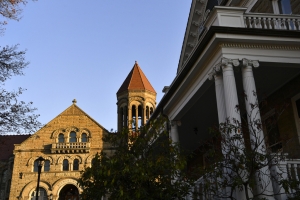
Population Patterns: Since 2020, most counties in West Virginia have seen continued decline, particularly in the southern coalfields. Only a few Northern Panhandle and Eastern Panhandle counties—such as Monongalia, Jefferson, Berkeley, Morgan, and Hampshire—have demonstrated modest population growth.
Economic Shifts: The downturn of the coal industry continues to weigh heavily on many communities. McDowell County, once thriving, has lost over 80% of its population since 1950 and faces new crises involving poverty, lack of safe drinking water, and diminishing nonprofit support.
Development Efforts: State initiatives like WV Forward and the Community Advancement and Development Office are working to boost infrastructure, economic development, and accessibility in communities statewide.
New Resident Incentives: Programs like Ascend offer remote workers $12,000, outdoor recreation passes, and coworking opportunities to draw newcomers to destination communities such as Morgantown and those near New River Gorge.
How West Virginia cities and towns are categorized
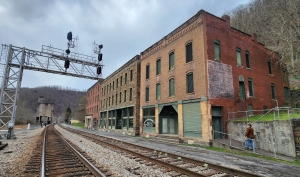
In West Virginia, the distinction between a city and a town or village hinges directly on population, as set forth in state law. The West Virginia Code, under Chapter 8, Article 1, Section 8‑1‑3, classifies all municipal corporations into four distinct classes based on census‑reported population figures.
Four Municipal Classes
- Class I City: Population over 50,000
- Class II City: Population over 10,000 and up to 50,000
- Class III City: Population over 2,000 and up to 10,000
- Class IV Town or Village: Population 2,000 or less — always designated as a "town or village," never a city
As specified by Section 8‑1‑2, the state defines a “City” strictly as any Class I, II, or III municipal corporation, while any Class IV is legally a “town or village”, regardless of local usage or historical identity.
Incorporation Requirements
The legal path to becoming a city or town is spelled out in Chapter 8, Article 2, Section 8‑2‑1. Key conditions include:
- The territory must not already be part of another urban municipality.
- Areas over more than one square mile need at least 500 residents or freeholders per square mile; smaller areas must have at least 100.
- The proposed boundaries must match population density and not overreach.
- A formal proposal must include maps and plans for essential services such as police, fire, water, wastewater, and waste collection
Once incorporated and recorded, population thresholds automatically reclassify a municipality following the decennial census—without requiring local referenda—so long as census data changes population range categories.
Home Rule Authority
West Virginia’s Constitution prohibits special laws for local charter changes, requiring all municipal incorporation and charter amendments to follow general law classification by population, in no fewer than two and no more than five classes, effectively cementing the four‑class system.
The Home Rule Pilot Program (originally established in 2007 and extended since), cities of Class I, II, or III may adopt home rule charters allowing local governance autonomy, subject to limitations imposed by general law and the state constitution.
What Is the Practical Difference?
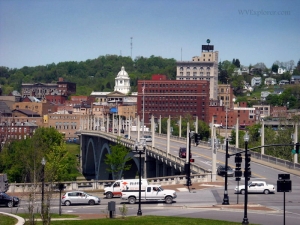
Cities (Classes I–III) have charter boards and may design their own form of government—mayor‑council, strong mayor, commission, or manager—via charter adoption under state law. Their governance frameworks provide broader authority for local ordinances, debt issuance, and taxation than towns or villages.
Towns or villages (Class IV) operate under default mayor‑council structures unless otherwise chartered, with more limited legal authority and simpler governance mechanisms.
By statute, West Virginia ensures a clear and uniform legal distinction: if your community exceeds 2,000 residents, you qualify as a "City" (Class I–III) under West Virginia Code; fewer than that, and legally you remain a "town" or "village" (Class IV).
This distinction determines governance structure, local authority, and classification in official listings of West Virginia cities, making population the sole objective standard.
Sign up to receive a FREE copy of West Virginia Explorer Magazine in your email weekly. Sign me up!
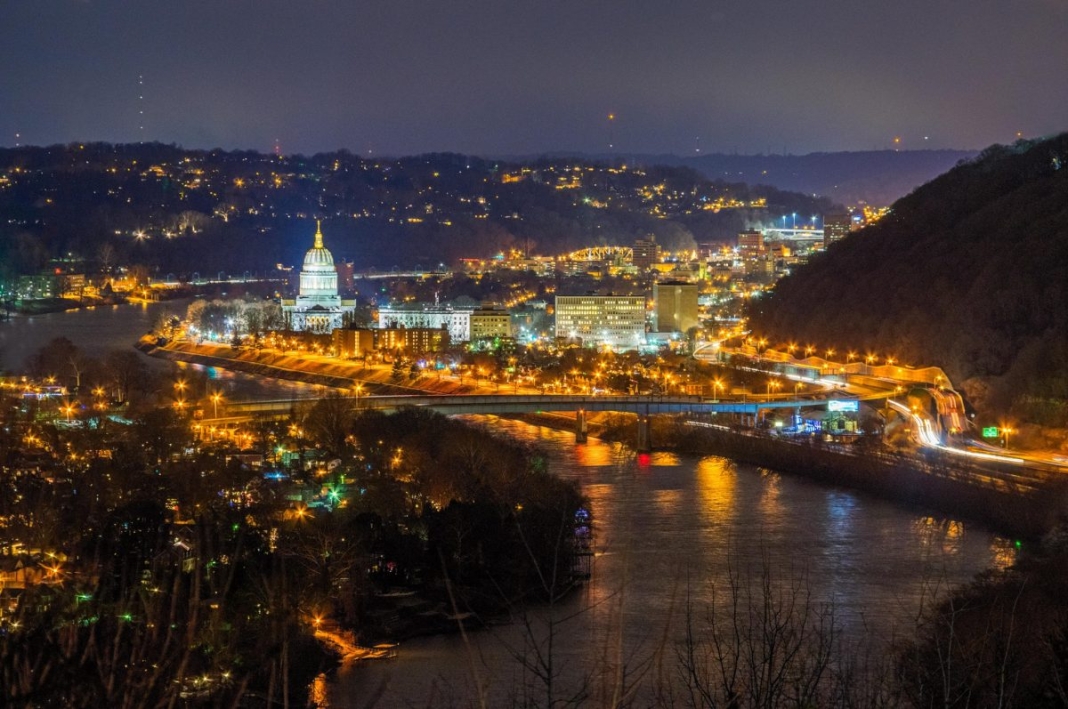

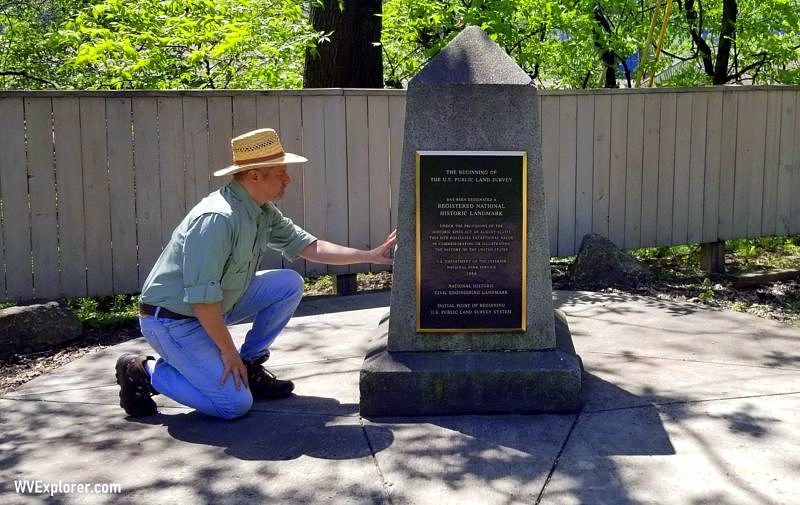
Thanks for a very intersting article. As a retired Social Studies teacher I did appreciate the geography aspects of WV's cities and the cool lesson on the state's constitution.
Unless there is another Vienna in Kanawha County, I believe you mean the city of Vienna in WOOD county, next to Parkersburg!
That's pretty crappy AI of Charleston. LOL. You should be ashamed.
Jesse Thornton is one of the best photographers in the state. His night photography is award winning.
What is the population of New Martinsville WV?
When I was a kid Huntington had a population of over 80,000. Like many people I was forced to leave for opportunity. So sad.